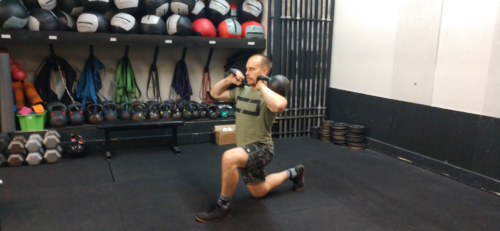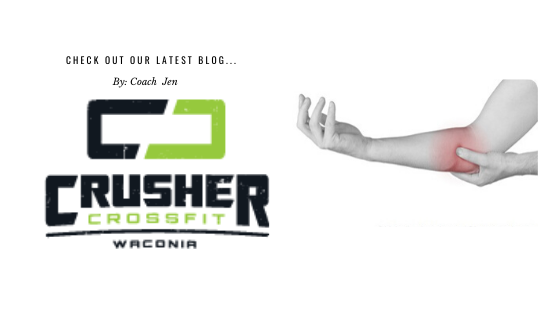Lunges, split squats, and other unilateral leg movements are tremendous tools for building a strong, functional, and balanced body. Yet they tend to take a backseat to the more popular lower body exercises like squats and deadlifts. Let’s explore some of the benefits of lunges, common faults, and some popular variations so you never miss a lunge day again!
Lunges are a fundamental human movement pattern and take many different forms. The movement is generally defined as a split legged stance with one foot planted in front of the body and the other extended behind the body. From this position the athlete can raise or lower their body while stepping forward to the lead leg or returning to the rear leg. Lunges require leg strength, core strength, balance, and coordination. They can be performed as a bodyweight movement, under an external load, or explosively as a plyometric exercise. There are really an incredible number of ways to perform this exercise. Depending on your goals there are many ways that training lunges can be beneficial.
If you are looking to improve balance and coordination you could train lunges with a loading pattern that increased the demand for midline stability. Lunges performed with a barbell overhead or a single dumbbell or kettlebell loading one side of the body will achieve this. Due to the stabilization and core strength required to complete a lunge variation of this sort there is a huge transfer and application to sports and life. Ensure that the load demands don’t force you into a compromised position and that you have the necessary mobility to handle the movement pattern (AKA ask coach if you’re not sure)!
To develop greater strength and enhance muscle growth select lunge variations that allow for greater external loading. A reverse lunge is a popular option for this as it allows the weight to remain in the lead leg ensuring proper form and engagement of the posterior chain. Reverse lunges can be performed with dumbbells held at waist level or a barbell in the back rack position to go hard and heavy. A good rule of thumb is to keep the majority of the load in the front leg as you perform the movement. Select a load that allows for a controlled descent to the floor allowing the knee to kiss, not crash into, the ground.
To prevent injuries, increase range of motion, and correct imbalances the Bulgarian split squat or Bulgarian lunge is an excellent choice. This exercise is performed by working one lead leg at a time with the rear foot elevated on a platform 4-6 inches higher than the lead working leg. This movement optimizes the hinge position of the hips and is greater for activating the gluteus muscles. A popular loading pattern for this lunge is with dumbbells held in suitcase fashion. Make sure to select the appropriate box height to elevate the rear leg to prevent the spine from hyperextending at the end range of motion. Take care to stabilize the lead leg and focus on balance to reap the benefits of this killer lunge variation.
If you want to learn more about the best training movements be sure to discuss your goals with one of our coaches!







